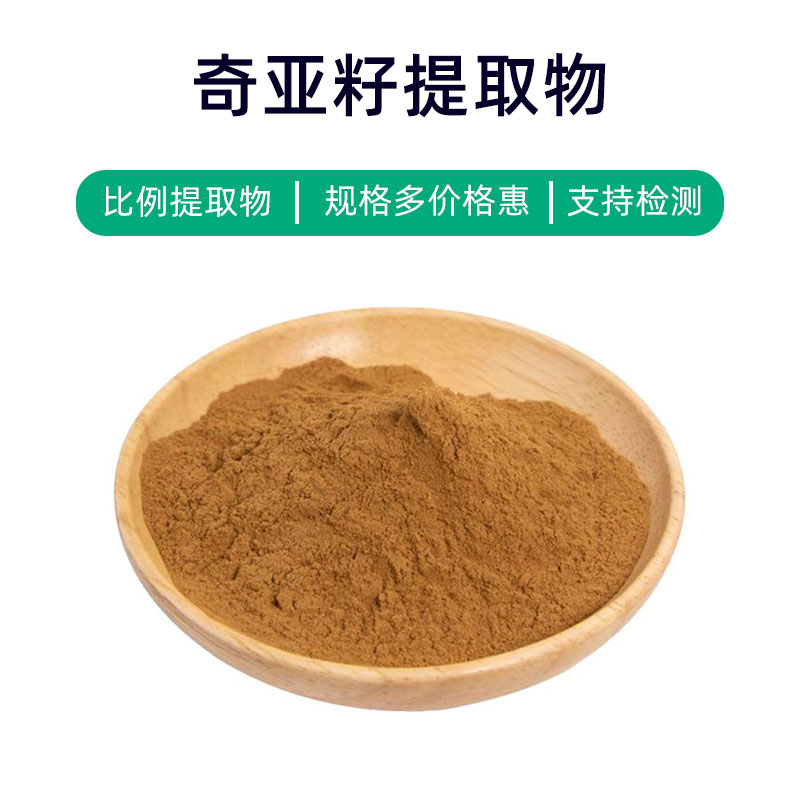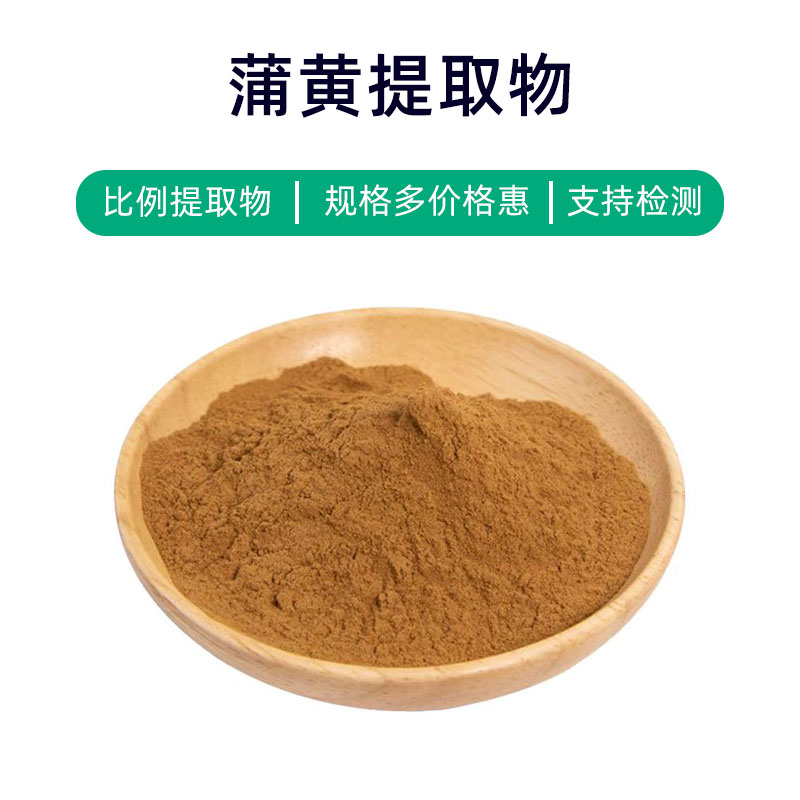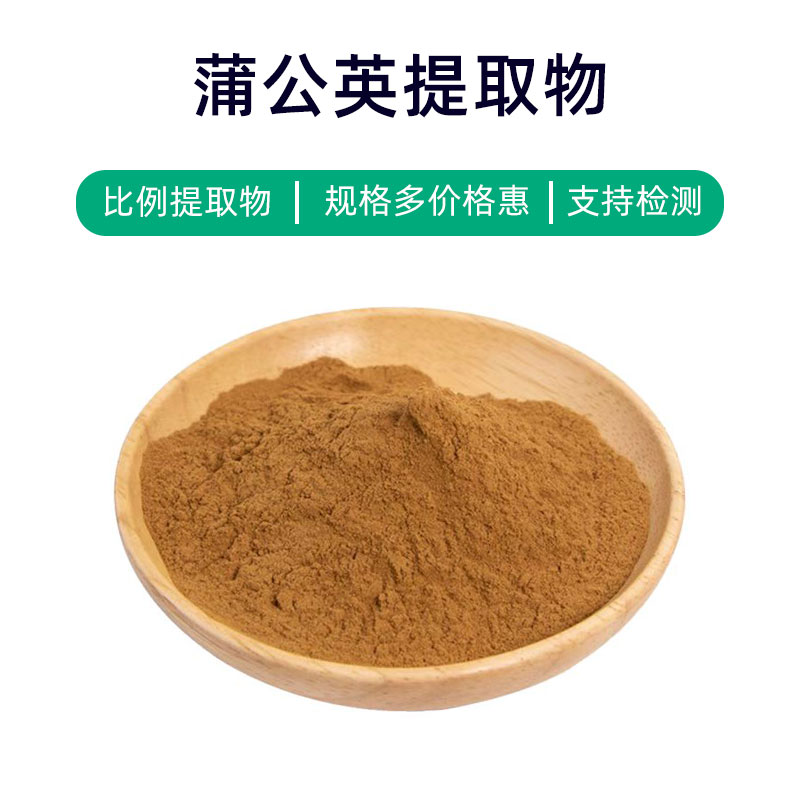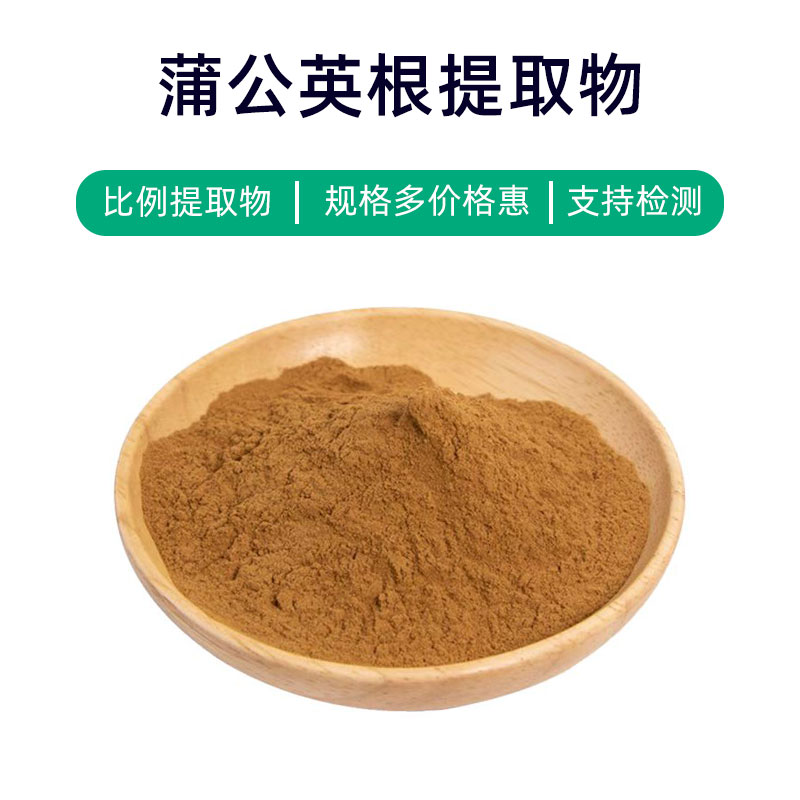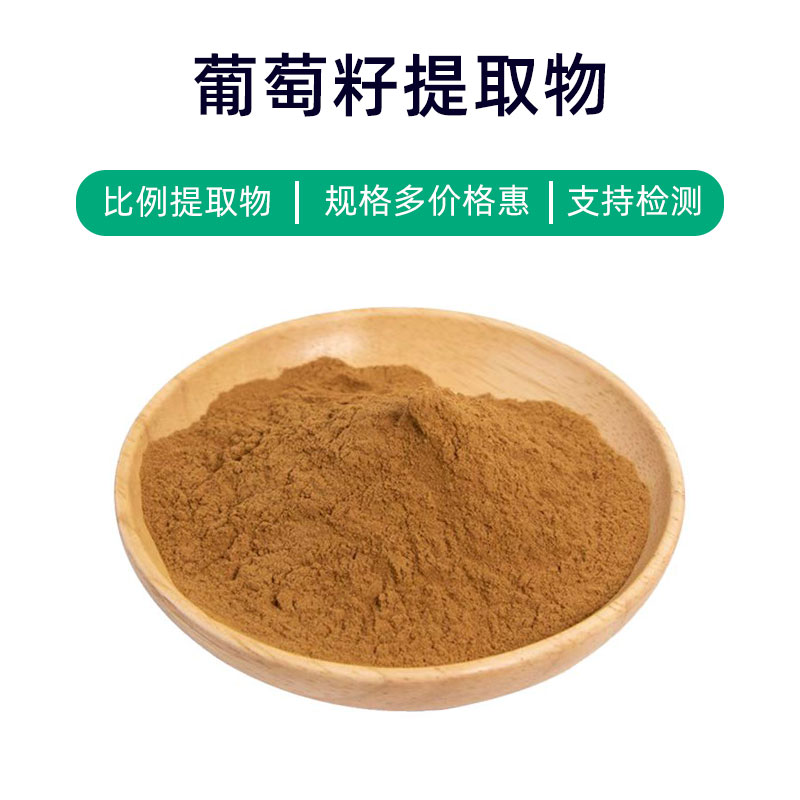Introduction to Cypress Extract
Cypress extract is a natural extract derived from cypress plants, with key components including terpenes, phenolic compounds, and volatile oils. These ingredients impart various effects and applications to the extract.
First, cypress extract has excellent calming properties and can be used to help regulate mood and alleviate anxiety and stress. Its natural fragrance is often utilized to enhance mood and relieve tension.
Secondly, cypress extract exhibits antibacterial and anti-inflammatory properties, making it suitable for skin care products. It can reduce skin inflammation, help cleanse and tighten pores, improve skin texture, and decrease acne and inflammation.
Additionally, cypress extract is commonly found in fragrance products and air fresheners, providing a fresh, natural woody aroma that enhances the ambiance of a space.
Overall, cypress extract has a wide range of applications in pharmaceuticals, cosmetics, and fragrances. As a natural plant extract, it not only offers various benefits but is also friendly to both humans and the environment, gaining popularity among consumers.
Cypress Extract Production Process
The production process of cypress extract generally involves the following steps:
- Raw Material Preparation: Fresh cypress plants are selected as raw materials, typically using parts like branches, leaves, or fruits. Harvesting should occur during optimal growth periods to ensure the quality and efficacy of the extract.
- Cleaning and Processing: Collected cypress plants are cleaned and processed to remove surface impurities and debris, ensuring the purity and safety of the raw material. This step can utilize physical methods or specific cleaning agents.
- Extraction Process: Common extraction methods include steam distillation, supercritical fluid extraction, and solvent extraction. Among these, steam distillation is a popular method, using steam to extract active components from the plant, which are condensed to obtain the extract.
- Concentration and Separation: The extracted liquid is concentrated to remove excess solvents or moisture, increasing the concentration of the extract. Subsequently, a separation and purification process is carried out to eliminate impurities and unwanted components, enhancing the product's purity and stability.
- Drying and Crushing: The extract is dried using methods like spray drying or vacuum drying. The dried extract is then crushed or ground into powder or granule forms for the final product.
- Packaging and Storage: The finished cypress extract is packaged using suitable materials and methods to ensure stable storage duration and quality. Products should be stored in a cool, dry, and ventilated environment, away from direct sunlight and humidity.
The common production process outlined above may vary among different manufacturers, but the overall procedures aim to ensure the quality, purity, and safety of the extract.
Effects and Side Effects of Cypress Extract
Cypress extract has various effects and functions, primarily including the following aspects:
- Antibacterial and Anti-inflammatory: Rich in volatile oils and tannins, cypress extract has excellent antibacterial and anti-inflammatory properties, useful for treating skin infections and inflammation.
- Antioxidant: The polyphenolic substances in cypress extract possess strong antioxidant capabilities, which can eliminate free radicals in the body, slow down the aging process, and maintain skin health.
- Anti-inflammatory: The active components in cypress extract exhibit anti-inflammatory effects that can help relieve symptoms of inflammatory conditions such as arthritis and muscle pain.
- Bacteriostatic: Cypress extract has inhibitory effects on various bacteria and fungi, applicable in preservation and mold growth inhibition.
- Promotes Wound Healing: It aids in promoting wound healing, useful for treating minor burns, cuts, and scarring.
- Regulates Lipid Levels: Studies indicate that certain components in cypress extract help regulate lipid levels, assisting in lowering lipid content and improving cardiovascular health.
- Liver Protection: Some studies suggest that cypress extract can provide protection to the liver, alleviating liver damage and inflammation.
The benefits of cypress extract arise from its rich array of active components, including volatile oils, polyphenolic substances, and flavonoids. When using cypress extract, it's essential to consider the following points:
- Dosage Control: Use should follow product instructions or a doctor's advice to avoid excessive dosage, which may lead to adverse reactions.
- Avoid Allergies: Some individuals may be allergic to specific components in cypress extract and should perform skin tests or consult a doctor before use.
- Drug Interactions: If using other medications, consult a doctor or pharmacist to avoid drug interactions.
- Adverse Reactions: Some people may experience skin allergies or digestive discomfort; if discomfort occurs, discontinue use and seek medical advice.
Overall, while cypress extract offers various benefits and effects, attention to dosage, allergic reactions, and potential drug interactions is crucial for safe and effective use.
Applications and Dosage of Cypress Extract
Cypress extract finds various applications in the fields of medicine, food, and cosmetics. Here’s a focus on its usage and dosage across these areas:
Applications in Medicine:
- Skin Care: Cypress extract is commonly used to make skin care products such as anti-inflammatory creams and eczema lotions. Usage: Apply topically to affected skin 1-2 times daily.
- Arthritis Treatment: It can be formulated into arthritis patches or massage oils to relieve arthritis pain. Usage: Massage or apply to the affected area 2-3 times daily.
- Respiratory Infections: Cypress extract possesses inhibitory effects on respiratory infections and can be made into oral liquids or sprays for treatment. Usage: Administer according to a doctor's advised dosage.
Applications in Food:
- Preservation: Cypress extract has excellent antibacterial and antioxidant properties for preserving meats, dairy, and other foods. Usage: Add an appropriate amount according to food processing requirements.
- Flavoring: It can be used to create fragrant seasonings, such as cypress extract-based oils and spices. Dosage: According to the type of food and flavor needs, adjust as necessary.
Applications in Cosmetics:
- Skin Care Products: Cypress extract is used in skin care products for pore tightening, anti-inflammatory, and oil control effects. Usage: Follow product instructions for application.
- Shampoos and Conditioners: It can be made into shampoos and conditioners, aiding in scalp hydration and hair cleanliness. Usage: According to the instructions for use on hair care products.
It’s essential to note that usage and dosage may vary among products. It is advisable to read product instructions carefully or consult a doctor or professional before using products containing cypress extract to determine the correct dosage and methods, minimizing unnecessary risks. Additionally, special populations such as pregnant women and children should use with caution and under medical supervision.
Introduction to Plant Source of Cypress Extract, Distribution, and Growth Environment
Cypress (scientific name: Juniperus chinensis L.) is a common plant from the cypress family, classified as an evergreen small tree or shrub, characterized by its distinctive creeping or upright growth habits. Below are details about the plant sources of cypress extract, its distribution, and growth environment:
Plant Introduction:
Cypress is a widely recognized medium-sized evergreen species, typically ranging from 1 to 10 meters in height, with a conical or columnar crown. The bark is often gray-brown or reddish-brown, with many dense branches and abundant foliage. Cypress leaves are needle-like, appearing linear or scaly and are generally deep green; some varieties change to brown in winter. The fruit is spherical or oval-shaped cones that mature to a purplish-brown color and emit a fragrance.
Distribution:
Cypress mainly distributes in temperate and subtropical regions of the Northern Hemisphere, including Europe, North America, and Asia. In China, cypress is widely found in Northeast, North China, Northwest, East China, and South China, thriving at varied altitudes from low elevations to around 3000 meters in mountainous areas.
Growth Environment:
Cypress is highly adaptable, thriving in various soil types, including limestone, sandy, and clay soils, but is unsuitable for poorly drained soils. It prefers sunny environments, exhibits significant drought and cold resistance, and doesn't tolerate high humidity or heat well. Commonly found in hillsides, rocky areas, dry grasslands, and crevices, cypress can also serve as an ornamental plant in urban landscapes.
In these growth environments, cypress typically forms clusters or grows independently. Although its growth rate is slow, characteristics like drought and cold resistance, salt-alkali tolerance, and resilience to air pollution make it a common landscaping tree. It is also used in greening and slope protection projects. Its wood is dense and suitable for making furniture and building materials, while cypress fruits are often used to create flavorings or medicinal products.
Processing and Storage of Cypress Extract
The processing of cypress extract generally includes the following steps: First, appropriate parts of the cypress plant, such as bark and leaves, are collected; then, they are crushed or ground into powder or granule form; next, an extraction process proceeds, using suitable solvents to extract the effective components; finally, filtering, concentrating, and drying steps yield the final cypress extract.
For storage, cypress extract should typically be kept in a dry, cool, and ventilated environment, away from direct sunlight and high humidity. Sealed containers can be used to avoid exposure to air and moisture, extending the product's shelf life. Additionally, care should be taken to avoid contact with harmful substances to ensure the purity and stability of the product.
Monica Sun is a seasoned expert in the plant extraction industry with over a decade of experience in research and production. She specializes in the extraction and purification of plant active ingredients, focusing on driving innovation in natural product applications. Monica has participated in the development of multiple functional plant extracts, delivering high-value natural raw material solutions for the health food, pharmaceutical, and dietary supplement sectors.









